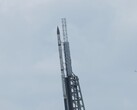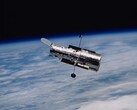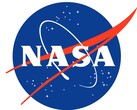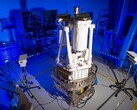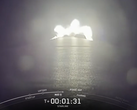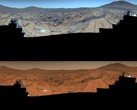Collision Risk Estimation and Automated Mitigation (CREAM) is a project by the ESA to help prevent satellites from colliding in Earth’s orbit. The project, kick-started in 2020, is currently undergoing ground-based tests.
Space operators are usually faced with the burdensome task of assessing collision risks, planning avoidance maneuvers, coordinating with other operators, and handling communication problems and misunderstandings. Carrying out these tasks has proven to be not just labor-intensive, but also prone to complications.
CREAM will automate the process, lifting much of the burden off the shoulders of operators. The project is set to detect potential collisions and design timely avoidance maneuvers. It is designed to support decision-making and coordination with other satellite operators by creating a system that links all relevant stakeholders.
The CREAM project could also help in the negotiations between parties when two active satellites are involved, even referring disagreements to mediation services. Though still ground-based, the system can already send collision alerts, create actionable avoidance maneuvers, and help coordinate between parties.
The pilot usage phase is the next big step for CREAM. This phase involves ground-based integration of technologies that will make the decision-making process possible. Yet to come are also missions where the system will run as a digital payload aboard other satellites — what is called “piggyback missions” — and then a dedicated in-orbit demonstration mission to fully test its capabilities.






